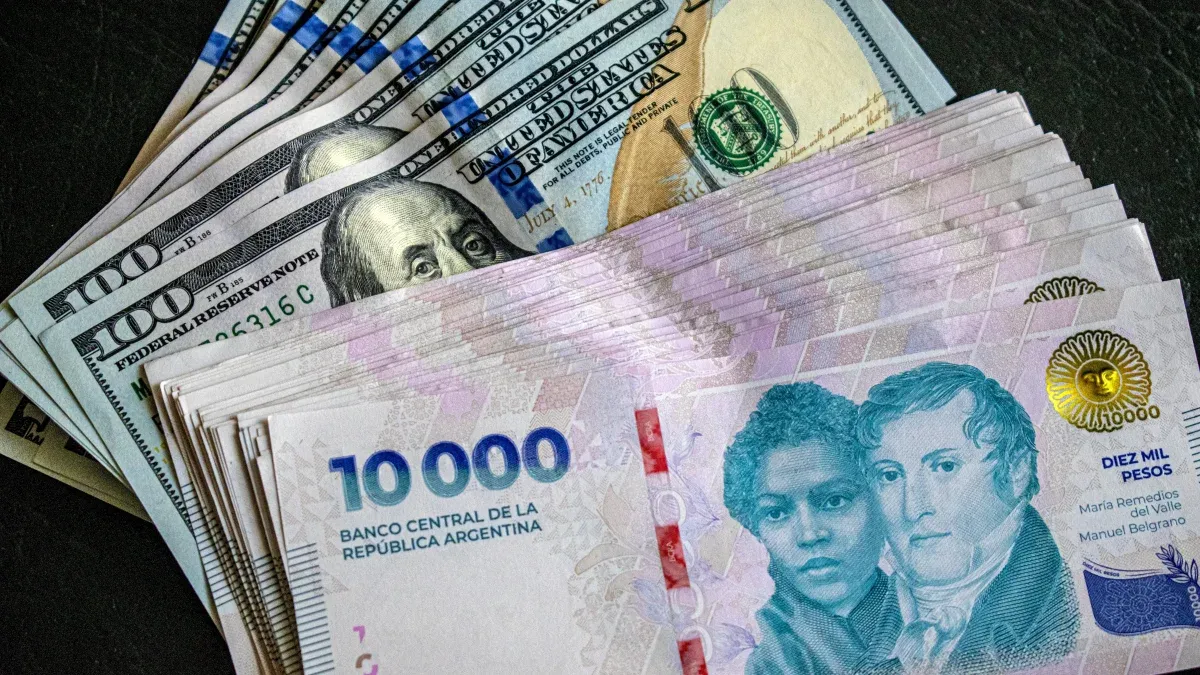Given the new BCRA regulations, common investment funds called Money Market could generate lower returns, which could impact an outflow of flows.
He Central Bank of the Argentine Republic (BCRA) decided to increase the minimum reserve requirement from 15% to 20% for passive securities in pesos and deposits in pesos that part of the common investment funds called Money Marketwhich will generate an impact in this sector since They are expected to generate lower returns: where could those money flows go?
The content you want to access is exclusive to subscribers.
In conversation with this medium, Leonardo Anzalone, from the Center for Political and Economic Studies (CEPEC)assured that it is to be expected that some savers who maintained their liquidity in remunerated accounts (money market) seek security by going to the dollar“so there may be pressure on exchange rates. For this economist, the Government seek to reduce the liquidity of the system and as we have been listening, “dry the weight square“.


For its part, Andres Reschini of F2 Financial Solutionsin conversation with Scopeanalyzed what could happen with the funds that are in the MM: “I can’t imagine an avalanche of bailouts to go to the foreign currency while inflation projections go down. It also cannot be ruled out that something is channeled in dollars, but it may also be that if there is pressure on the gap, the BCRA will intervene to smooth it out.“.
An official strategy to lower the Lecaps rate?
For Aurum Valuesthe BCRA’s decision on Wednesday to increase reserve requirements for FCI Money Market deposits and to enable banks to offer surety bonds, “It goes in the direction of lowering the rate and not so much a lack of liquidity in the system as some interpret”. In this regard, they illustrate it, ensuring that The stock of LEFI in banks is at its highest since the last week of July.
“The demand for active repos to the BCRA looks like a problem of market segmentation rather than liquidity. Additionally, the measure aims to provide greater space so that the Treasury can continue obtaining good roll over of its debt placementssomething that seeks to achieve with the reduction of FCI MM rates (the increase in reserve requirements would force banks to lower the rate on these deposits) to induce those positions to migrate to Lecaps“they explained.
Therefore they concluded that if this also occurs A reduction in the Lecaps rate would be achieved (and/or an increase in the market stock of Lecaps).
Lower rates: the signal that the market expects in the next tender
For their part, PPI believed that if the Government decided to reduce the “crawling peg” to further support the disinflationary process, “It would be expected that the Treasury would reduce rates in pesos (not validate prize in the next tender)” to avoid an extension of the “spread” with the pace of devaluation. “Yesterday the BCRA also took a measure in this regard”revealed from this broker.
Source: Ambito
I am Pierce Boyd, a driven and ambitious professional working in the news industry. I have been writing for 24 Hours Worlds for over five years, specializing in sports section coverage. During my tenure at the publication, I have built an impressive portfolio of articles that has earned me a reputation as an experienced journalist and content creator.




